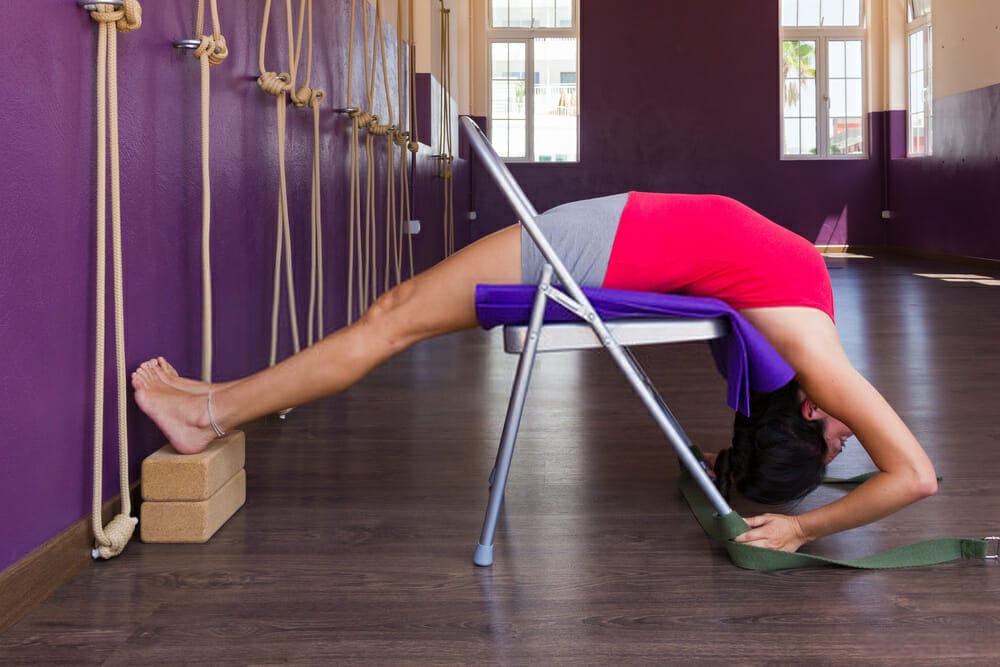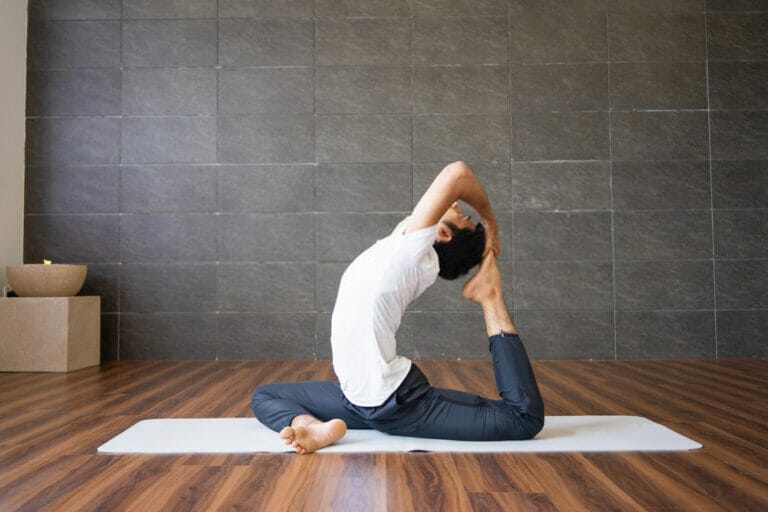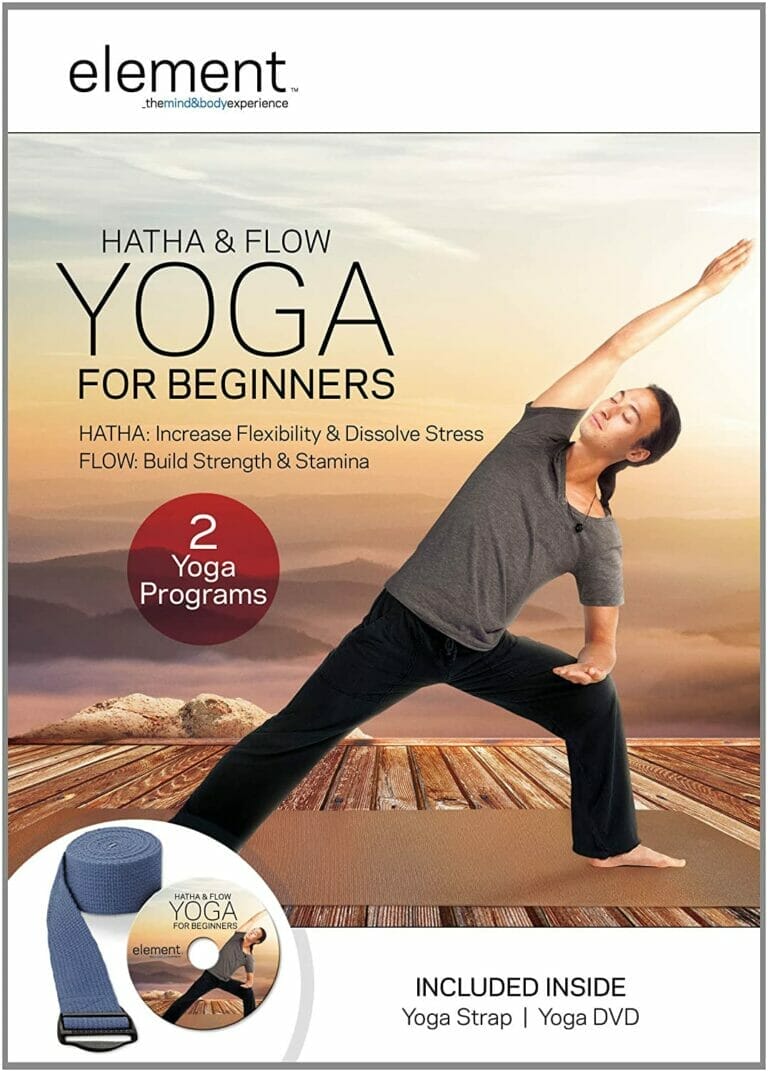Hatha Yoga vs Iyengar yoga- Know their Differences
Hatha yoga is considered the gentler cousin of yoga, while Iyengar yoga is the more rigorous and intense style.
Both are great for fitness and overall health. But, what is suitable for you depends on what you want to get out of your practice.
This article will discuss the differences between the two and how they affect your yoga practice.
What is Iyengar yoga?
Iyengar yoga, or IY as it’s often called, was founded by B.K.S Iyengar in the 1940s under the name ‘integral yoga.’ It attempts to address all seven parts of yoga through specific poses and movements.

This style is known as 'flow yoga,' as practitioners move with fluidity through twisting poses and postures instead of strength-based practices.
The emphasis on finding alignment throughout the body through poses and stances distinguishes the discipline.
As a result, Iyengar yoga teachers are held to a high standard. They devote years of practice and learning before passing on their knowledge to others.
Iyengar yoga is an excellent technique for people who want to heal injuries and learn more about their bodies.
You may use cushions, seats, blocks, and straps as props. These tools help the practitioners get into the positions they want.
What’s the difference between Hatha yoga and Iyengar yoga?
Hatha yoga can include more flexibility and focus, allowing participants to get to the heart of the poses. The style is often called ‘yoga for everybody,’ while Iyengar yoga is often called ‘yoga for experts.’
But, as people who practice Iyengar know, it's not just for experts. It takes years of practice before anyone can even come close to mastering this advanced system.
This difference is even noticeable between experienced Iyengar teachers and those who practice Hatha yoga.
Some experts have said that Iyengar yoga is more rigorous than Hatha yoga that they'd never want to teach it!
Main differences between hatha yoga and Iyengar yoga
Props
People who practice Iyengar yoga use many props to help them get into the positions they want. These tools are constantly changing as students advance through their lessons.
Hatha yoga practitioners may not even use props aside from blocks and straps, which are relatively commonplace in other types of yoga styles.
Body Alignment
Iyengar yoga is all about mastering your body’s alignment through the poses and stances you choose to take up during practice.
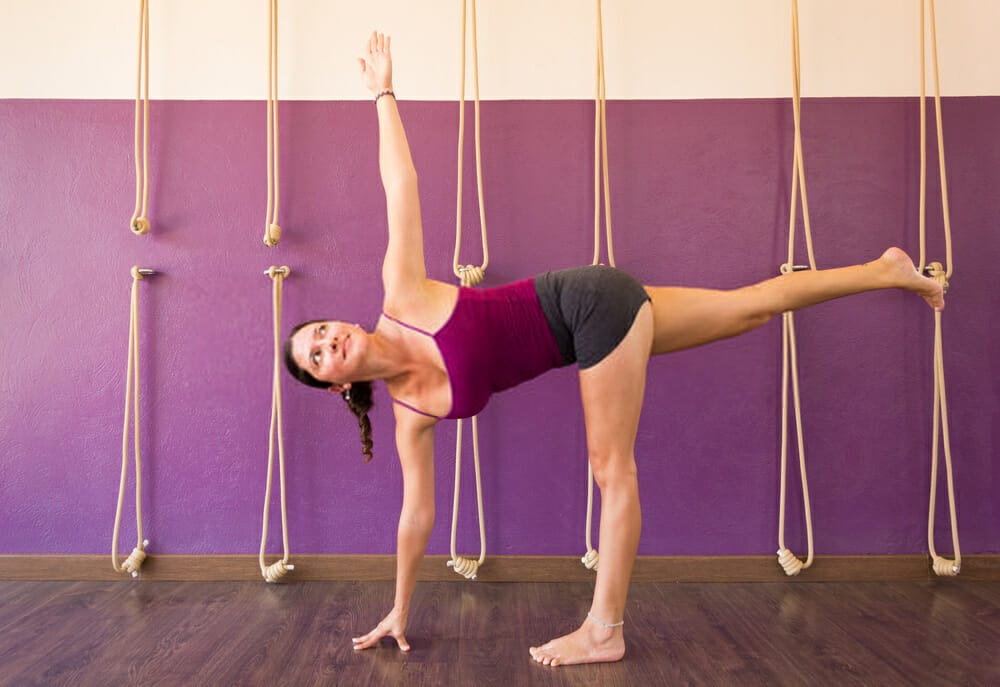
Hatha yoga is not as interested in how you look at the effects of the practice as a whole.
Speed
Iyengar yoga moves slowly through postures and stances, whereas Hatha may move more quickly.
Iyengar is a meditative practice, focusing on each pose and making sure each movement is executed correctly.
Hatha teachers may focus on different goals for students, such as building strength or endurance.
Motivation
Iyengar yoga is a bit more intense and can take longer to master. Because people often feel a sense of pride after learning the nuances of Iyengar poses, they tend to stick with the discipline for more extended periods.
Hatha teachers may have different goals in mind, such as getting participants to connect with their breathing or overall sense of well-being.
Is Iyengar yoga popular?
While Iyengar yoga may be more vigorous than Hatha yoga, it’s not as popular. According to the American College of Sports Medicine study, Iyengar yoga participants tend to be older and lower BMI than Hatha yogis.
Some experts believe that this is because Iyengar is more challenging and requires more focus.
What are the benefits of Iyengar yoga?
Iyengar yoga provides excellent results for people looking for an intense workout that challenges them physically and mentally.
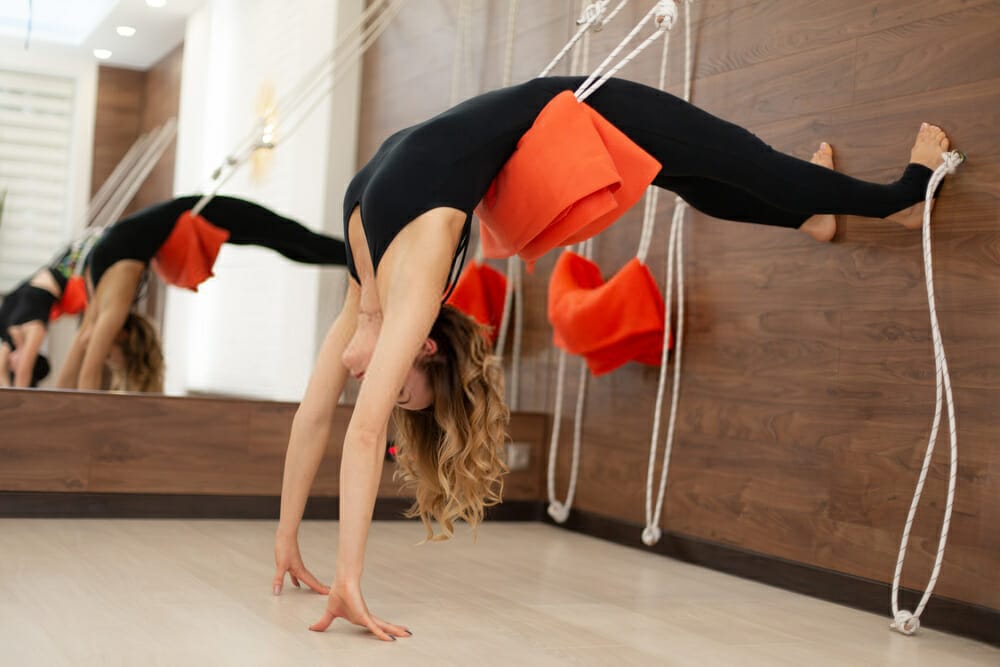
Because of its emphasis on proper alignment, it can help reduce stress and tension. It also helps lengthen muscles and joints while improving concentration.
Which one is best for you?
These two styles would undoubtedly benefit from a little more mixing and matching. Experiment and find what floats your boat.
If you're just starting with yoga, it's essential to know that there are tons of types of yoga you can do.
Discovering the one that works best for you will help you get into the best shape of your life!
Conclusion
So these are the main differences between hatha yoga and Iyengar yoga. If you want to start taking yoga classes, you should first consider which one might be right for you.
It's also important to know that there are many types of yoga and many styles.
So while Hatha and Iyengar yoga is very different, there is no reason you can’t practice one and then try out the other.

